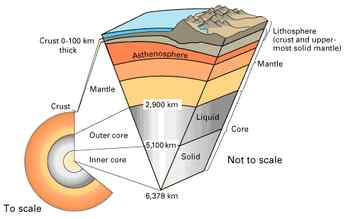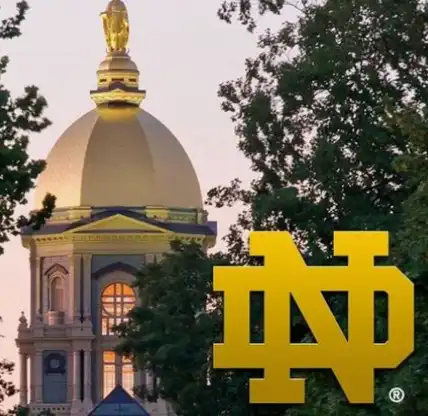Scientists Study Lava Link Between Kilauea, Mauna Loa
A new study is shedding light on the interaction between Kilauea and Mauna Loa stemming from a connection 50 miles below the Earth’s surface.
The study appearing in the November issue of the journal Nature Geoscience theorizes that the deep connection helps explain the seemingly contradictory actions of the Big Island’s two active volcanoes, where one is sometimes active while the other is not, and episodes where both inflated simultaneously.
Both are fed by the same source of magma under the Big Island, and scientists are working to understand the network that channels the molten rock toward the surface.
“We know both volcanoes are fed by the same hot spot, and over the past decade we’ve observed simultaneous inflation, which we interpret to be the consequence of increased pressure of the magma source that feeds them,” said lead author Helge Gonnermann, assistant professor of earth science at Rice University. “We also know there are subtle chemical differences in the lava that each erupts, which means each has its own plumbing that draws magma from different locations of this deep source.”
Geologists used data from Global Positioning System (GPS) readings to compare the inflation and deflation cycles of Kilauea and Mauna Loa and created a computer model explaining the volcanoes’ interactions.
The result was a correlation between the lava eruption rate at Kilauea and changes in the inflation and deflation at Mauna Loa, said James Foster, co-author of the study and an assistant researcher at the University of Hawaii School of Ocean and Earth Science Technology.
According to Gonnermann, GPS records have shown inflation occurring at Kilauea was followed, about six months later, by swelling at Mauna Loa.
The key, Foster said, is that magma collects in a partially molten region of the asthenosphere in the Earth’s upper mantle, which does not allow magma to flow easily but does allow the efficient transmitting of changes in pressure. The different – as well as simultaneous – actions of each mountain depend on the pressure changes from one volcano being transmitted to the other.
Gonnermann said that can explain how both volcanoes are dynamically coupled, while being supplied by different areas of the same source region.
Kilauea and Mauna Loa are among the planet’s most studied volcanoes, and have been actively monitored by scientists at USGS’s Hawaiian Volcano Observatory since 1912. Kilauea has erupted 48 times on HVO’s watch, with a nearly continuous flank eruption since 1983. Mauna Loa has erupted 12 times in the same period, most recently in 1984, when the two were erupting simultaneously.
Foster said a proposal has been submitted to the National Science Foundation to continue the research by looking at data from the past 50 years.
“We plan to refine the model to include further details of the magma transport within each volcano and also explore how some known pre-historic events and some hypothetical events at one volcano might impact the other,” he said. “This work should help improve our understanding of volcanic activity of each volcano.”
Scientists are hoping that the new model can aid in the study of other adjacent volcanoes like those in Iceland or the Galapagos Islands.
“At this point it is unclear whether Hawaii is unique or whether similar volcano coupling may exist at other locations,” Gonnermann said. “Given time and ongoing advances in volcano monitoring we can test if similar coupling between adjacent volcanoes exists elsewhere.”
Joining Gonnerman and Foster in the research were Benjamin Brooks of UH, Michael Poland and Asta Miklius from HVO and Cecily J. Wolfe from the Carnegie Institution of Washington in Washington DC.













